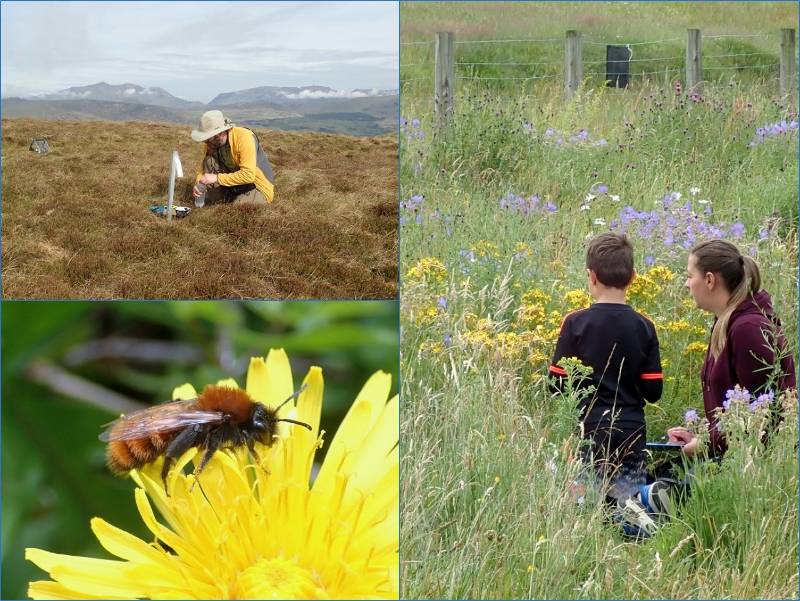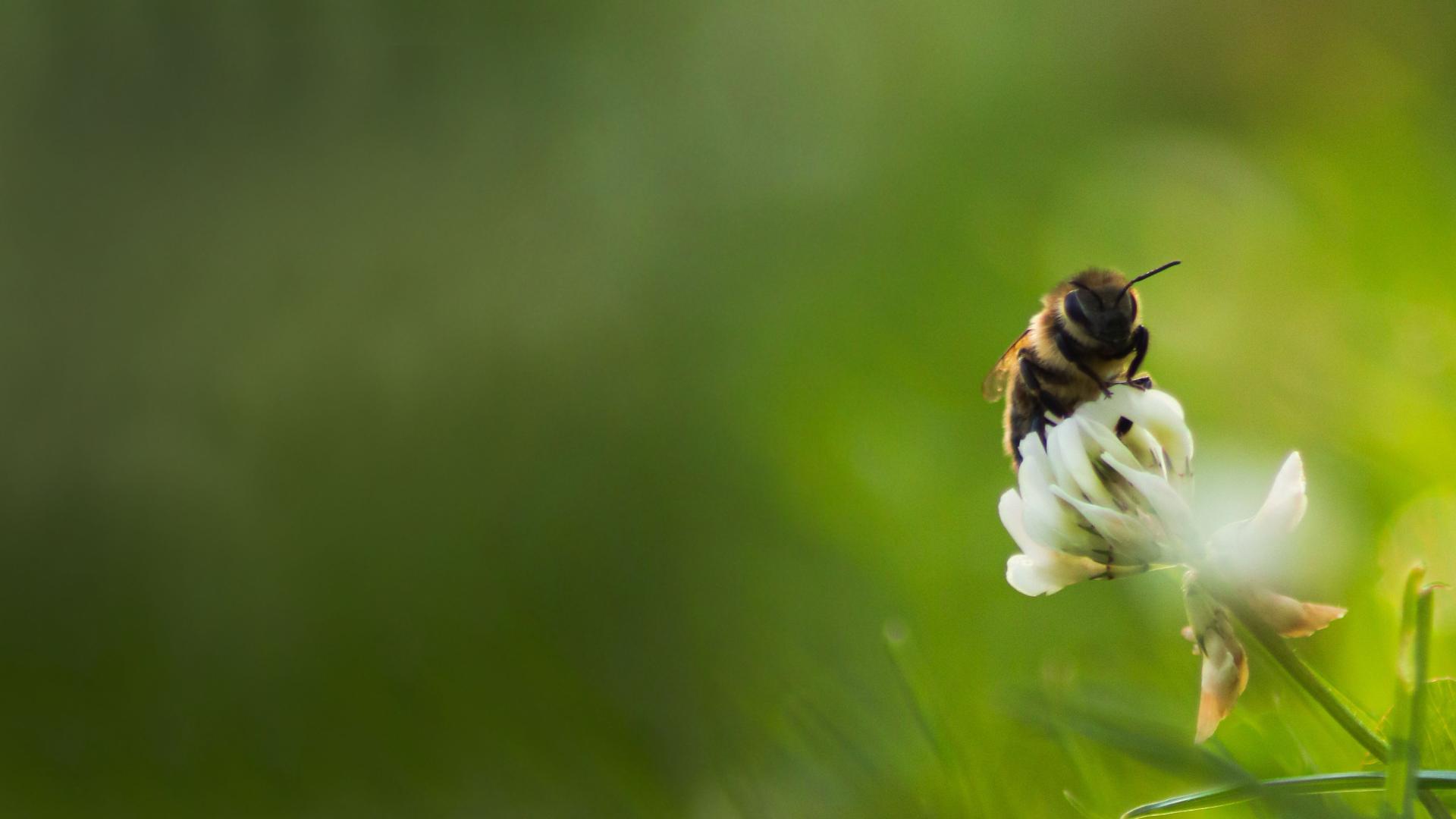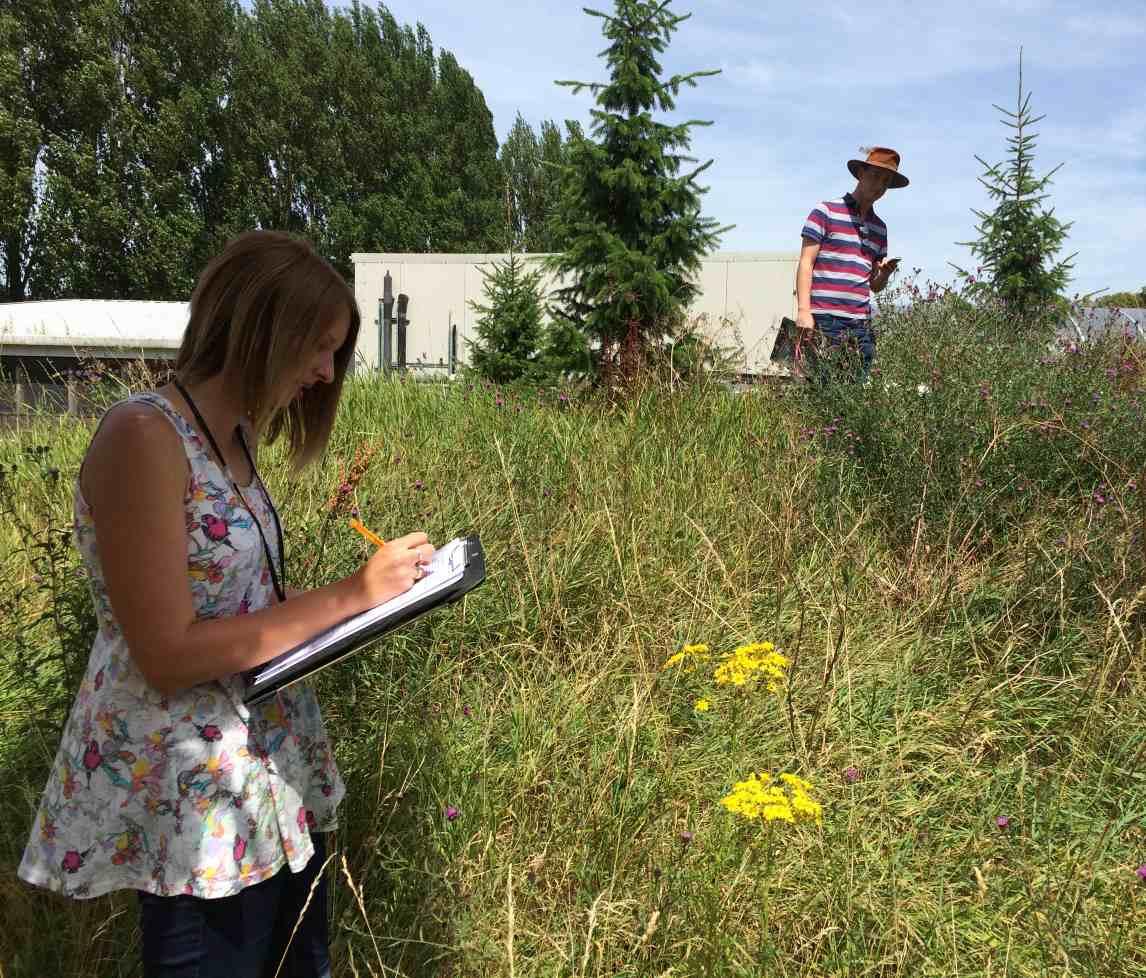 Science challenge
Science challenge
With reports of dramatic losses of insects occurring across the globe, and concern about what this means for wider biodiversity and ecosystem health, there has never been a more important time to document evidence of change in populations of pollinating insects. The UK Pollinator Monitoring Scheme aims to provide key metrics on pollinator population status and trends. It focusses on bees and hoverflies and complements other long-term pollinator monitoring programmes.
Project summary
The UK Pollinator Monitoring Scheme (PoMS) is the only scheme in the world generating systematic data on the abundance of bees, hoverflies and other flower-visiting insects at a national scale Together with long-term occurrence records collated by the Bees, Wasps and Ants Recording Society and Hoverfly Recording Scheme, these data will form an invaluable resource from which to measure trends in pollinator populations and target our conservation efforts.
PoMS has two survey elements: Flower-Insect Timed Counts (FIT Counts) and 1 km square surveys. Both rely on volunteer recorders. A FIT Count is a simple survey that can be completed in 10 minutes. It involves counting the number of insects that visit a particular flower (ideally chosen from a list of target flower species) and is designed so that anyone can take part. The 1 km square survey takes a more systematic approach, using pan-traps to collect samples of insects from a set of 75 1 km squares in England, Scotland and Wales. Surveying is carried out by a team of volunteers who have each adopted a square.
Data from the two PoMS surveys and the recording schemes is brought together for analysis to deliver key metrics on pollinator population status and trends, including updates of the UK Pollinator Indicator at species and country-level resolution.
The UK Pollinator Monitoring and Research Partnership is jointly funded by Defra, the Welsh Government, Scottish Government, Daera NI, JNCC and project partners.

